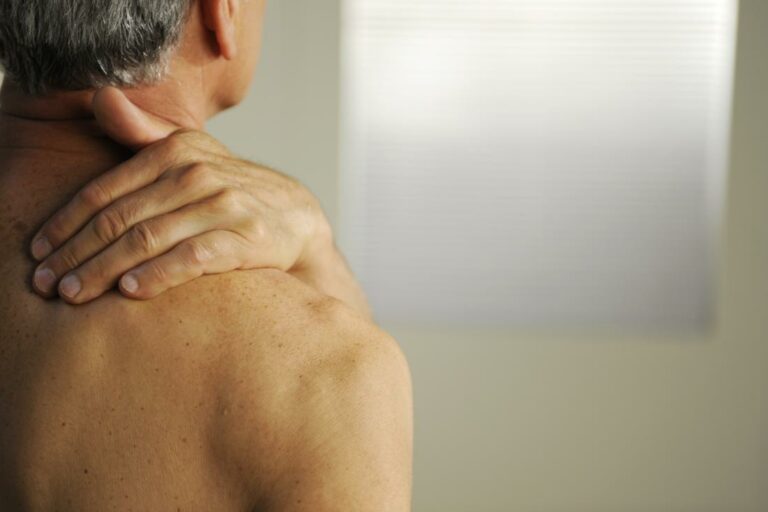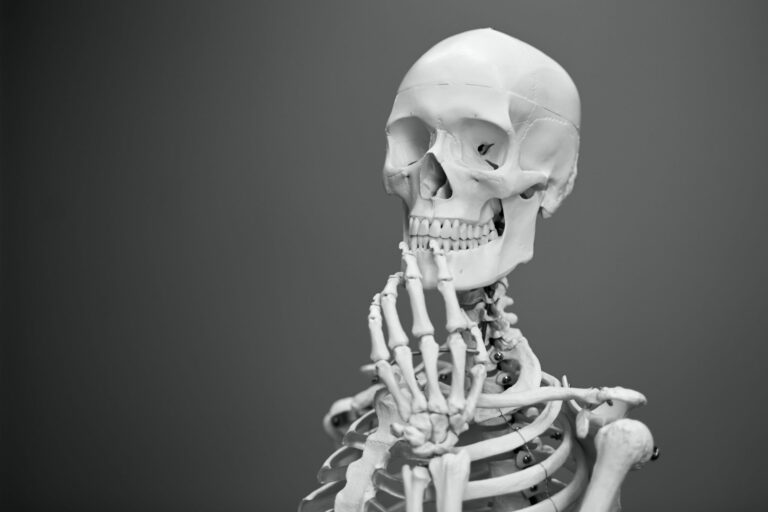Heel Injuries and Disorders: Common Causes and Treatment
Author: Rose Stella
Rose Stella
Category: Health
The heel is the protrusion at the back of the foot. It is based on the calcaneus, or heel bone, projecting behind the articulation of the bones of the lower leg. Sometimes, heel Injuries and Disorders happen to cause damage and inconvenience.
The heel is a padded cushion of fatty tissue that surrounds the heel bone and maintains its shape despite body weight and movement. It protects the foot’s structures, including the calcaneus, muscles, and ligaments.
Sometimes, injury is unavoidable. Heel pain is frequent and can be excruciating. They happen because of the excessive tension on your heel bone and the tissues that surround it. Yet, heel injuries have a lot of causes and factors.
Common Causes of Heel Injuries and Disorders
Plantar Fasciitis

Plantar Fasciitis is the result of the plantar fascia being strained beyond its usual extension. This results in the fascia’s soft tissue fibers ripping or stretching at spots along its length, producing inflammation and pain. Sometimes the formation of a bone spur where the fascia joins to the heel bone. Shoes that don’t provide enough support, especially in the arch area, can increase the inflammation, as can the persistent discomfort that comes with an active lifestyle.
Heel Injuries and Disorders: Strains and sprains
Strains and sprains are two different types of injuries. Sprains and strains are bodily injuries that frequently occur as a result of physical exercise. These injuries are widespread, and depending on the incidence, they can range from minor to serious.
Strains and sprains
A stress fracture is a small crack in the bone. Repetitive force, frequently from overuse such as jumping up and down repeatedly or running great distances - causes them. Sometimes, fractures occur because of routine use of a bone weakened by osteoporosis.
Achilles Tendinitis
Achilles tendinitis, or inflammation of the Achilles tendon as it runs behind the ankle and inserts on the back surface of the heel bone, is linked to pain at the back of the heel. It’s frequent in persons who do a lot of running and walking and have tight tendons. When the tendon is stressed over time, the fibers tear or stretch along its length or at its insertion on the heel bone, resulting in the condition. Inflammation, discomfort, and the development of a bone spur on the rear of the heel bone are all possible outcomes. Chronic irritation that might accompany an active lifestyle and certain activities that stretch an already tight tendon aggravates the inflammation.

Bursitis

Bursitis is a painful condition affecting the small bursae fluid-filled sacs that cushion the bones, tendons, and muscles around your joints. This is a condition in which the bursae become inflamed.
It is most common in the shoulder, elbow, and hip. Bursitis can also occur at your knee, heel, or the base of your big toe. It is most common near joints subjected to a lot of repeated action.
Ankylosing spondylitis
Ankylosing spondylitis is a type of arthritis that affects the spine. This type of arthritis primarily affects the spine. It produces significant vertebral inflammation, which can lead to chronic discomfort and impairment in the long run. Ankylosing spondylitis is a type of arthritis that affects the spine.
Osteochondroses
In children and teenagers, these illnesses have a direct impact on bone growth. An osteochondrosis is a group of disorders affecting the growth of the skeleton. These disorders result from abnormal growth, injury, or overuse of the developing growth plate and surrounding ossification centers
Reactive arthritis
Reactive arthritis is joint pain and swelling triggered by an infection in another part of your body most often your intestines, genitals, or urinary tract. This condition usually targets your knees and the joints of your ankles and feet. Inflammation also can affect your eyes, skin, and urethra.
Other Causes of Heel Injuries and Disorders
- Injuries
- Bruises that occur when you walk, run, or jump
- Putting on shoes that don’t fit or aren’t well-made
- Being overweight is a problem.
Treatment and Diagnosis of Heel Injuries and Disorders
The podiatrist will examine the area and may take diagnostic X-rays to rule out any bone abnormalities.
Early stages of treatment include treatment such as oral or injectable anti- inflammatory medicine, exercise and shoe suggestions, taping or strapping, or the use of shoe inserts or orthotic devices. Taping or strapping the foot supports it, allowing overworked muscles and tendons to relax physically. These therapies would supplement physical therapy.
For addressing the biomechanical imbalance, reducing excessive pronation, and supporting the ligaments and tendons attached to the heel bone, a functional orthotic device may be administered. It can effectively cure most cases of heel and arch pain without requiring surgery.
Only a small percentage of heel pain situations necessitate more advanced therapies or surgery. If surgery is required, the plantar fascia may be released, a spur removed, a bursa removed, or a neuroma or other soft-tissue growth removed.
Prevention

Prevention is always better than cure. Avoiding having heels injuries and disorders is a must. To avoid heel pain and its complications, you can take several steps:
Wear shoes with shock-absorbent soles, sturdy shanks, and supportive heel counters that fit well in the front, back, and sides. Good shoes help prevent the occurrence of heel injuries. Furthermore, each activity needs to wear the appropriate footwear. On the other hand, wearing high-heeled shoes is not recommended. Sometimes, these types of shoes cause injuries and accidents.
Before you exercise, be sure you’ve done your warm-up. Before and after jogging, warm up and conduct proper stretching exercises. Warming up before any exercise is essential to avoid injuries. Also, it lessens muscle pains after every exercise.
In addition, when participating in sporting activities, keep a steady pace. Keeping steady is much better than taking things in the rush. There is beauty to staying patient and steady. Slowly but surely.
Don’t undervalue the importance of rest and a proper diet for your body. Resting your body helps your body to recuperate. Also, having a proper diet is important.
Most people who suffer from heel injuries are overweight. Losing weight does not only makes you healthy, but it also lessens the chances of suffering from heel injuries.













